|
Introduction of the artist:
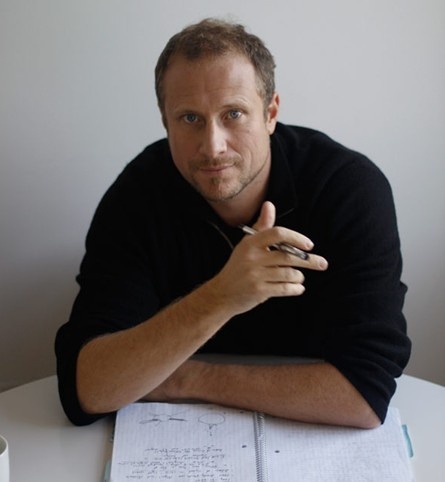
Trevor PAGLEN (US)
Born in 1974, Maryland, USA. Lives and works in New York and San Francisco.
Selected solo exhibitions: 2011 Hidden Landscape, Aksioma, Ljubljana, Slovenia /
2010 The Other Night Sky, Kunsthall Oslo, Norway / 2008 The Other Night Sky:
Matrix 225, Berkeley Art Museum, Berkeley, USA / 2005 The LAB, San Francisco /
Selected group exhibitions: 2012 Image Counter Image, Haus der Kunst, Munich,
Germany / 2011 Magical Consciousness, Arnolfini, Bristol, England / 2010
Exposed: Voyeurism, Surveillance and the Camera, Tate Modern, London, San
Francisco Museum of Modern Art and Walker Art Center, Minneapolis / 2009 the
11th International Istanbul Biennial / 2008 Taipei Biennial, Taiwan / 2007 6
Billion Perps Held Hostage! Artists Address Global Warming, The Andy Warhol
Museum, Pittsburgh, USA.
Introduction of works:
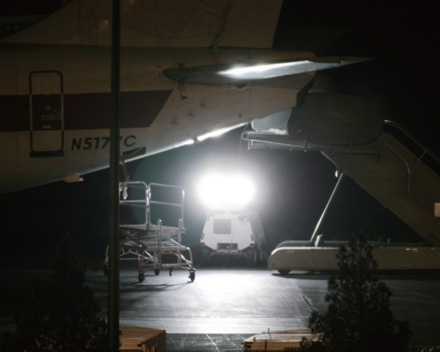
N5177C at Gold Coast Terminal Las Vegas, NV Distance 1 mile, c-print,
101.6×127cm, 2007
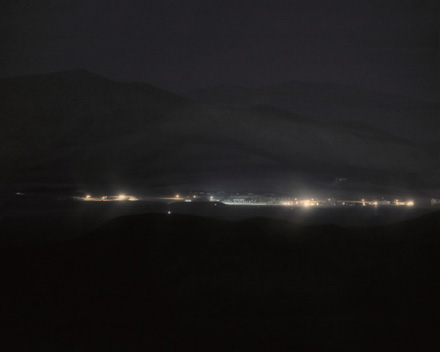
Detachment 3, Air Force Flight Test Center #2 Groom Lake, NV Distance 26
Miles, c-print, 101.6×127cm, 2008
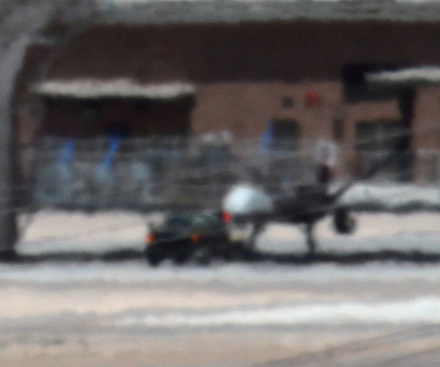
Reaper Drone (Indian Springs, NV Distance 2 miles), c-print, 76.2×91.44cm,
2010
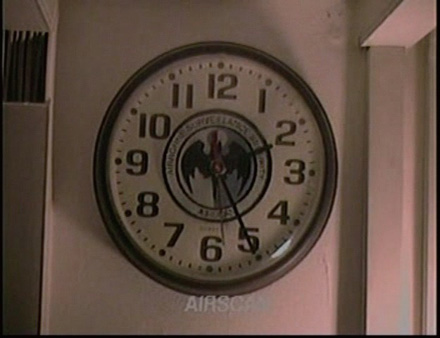
Drone Vision, digital video, 5'20", 2010
New York-based artist Trevor Paglen makes work that deliberately blurs lines
between science, contemporary art, journalism, and other disciplines in order to
expose the nature of the secrecy that lies at the heart of the US war machine -
the covert operations and weaponry as well as the communication and intelligence
networks that are “known unknowns” to the vast majority of us.
Paglen’s photographic series include Secret Military Landscapes and the
Pentagon’s “Black World”, exploring and documenting hidden military landscapes,
ranging from installations and bases in the remotest regions of the desert to
massive military infrastructures hidden but in plain sight and The Other Night
Sky, tracking “secret moons” (i.e. classified satellites) in Earth’s orbit.
Similarly, Limit Telephotography focuses literally on classified military bases
located in some of the remotest parts of the United States, hidden deep in
western deserts and buffered by dozens of miles of restricted land. Many of
these sites are so remote that there is nowhere on Earth where a civilian might
be able to see them with an unaided eye. In order to produce images of these
landscapes, Paglen uses astrophotography, a technique that makes possible our
perception of objects trillions of miles from Earth. In some ways, however, it
is easier to photograph the depths of the solar system than it is to photograph
the recesses of a military industrial complex. Between Earth and Jupiter (500
million miles away), for example, there are about five miles of thick,
breathable atmosphere. In contrast, there are more than forty miles of thick
atmosphere between an observer and the sites depicted here.
| 
